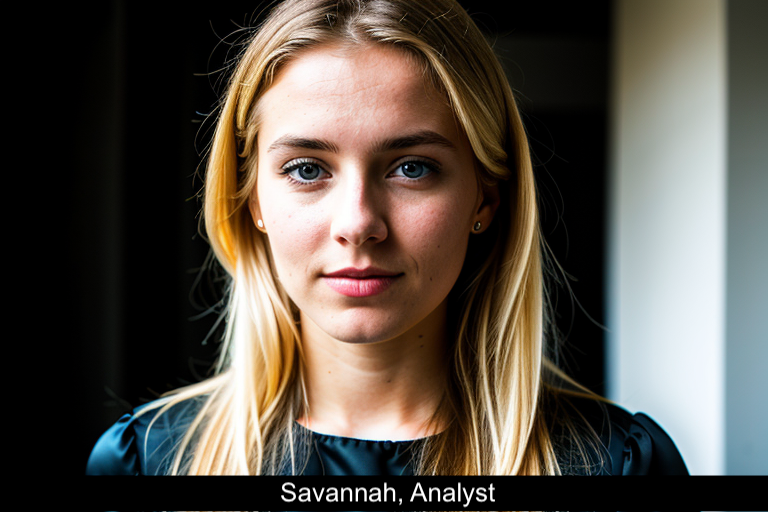James Nachtwey, the renowned photojournalist, has dedicated his life to documenting some of the worst conflicts and disasters of our times. With a retrospective exhibition titled “Memoria,” Nachtwey showcases 126 photographs that capture the brutal realities of war and tragedy, while also highlighting the humanity and resilience of its subjects. In an interview, Nachtwey discusses his approach to photojournalism and reflects on the state of the profession in the digital age.
Nachtwey’s photographs are known for their powerful composition and lighting, which bring a unique perspective to each image. He focuses on capturing hands and eyes, as well as subtle details that convey emotions and stories. One of his most striking images shows a woman emerging from a destroyed apartment block in Kyiv. She appears calm and casual, clutching blankets she retrieved from her home amidst the rubble. Nachtwey’s ability to capture these fleeting moments is a testament to his years of training and dedication.
Throughout his career, Nachtwey has worked mainly with film, but he acknowledges the shift to digital photography. While digital cameras offer more possibilities, he admits that the process is more time-consuming. He now has to download and back up all the memory cards, which takes away from the time he could spend networking and gathering information for future assignments. Despite this, he continues to produce arresting and thought-provoking images.
The exhibition features mostly black-and-white photographs, but Nachtwey explains that this was not always his preference. During the early stages of his career, he would use color if required by editors, but always tried to ensure that color did not overshadow the subject of the photo. He emphasizes the power of color and its ability to become the subject itself, so he learned to keep it under control.
Nachtwey’s photographs offer a window into the devastating realities of war in conflict zones like Afghanistan and El Salvador. He recounts his experiences in Kabul during the Afghan Civil War, where the city was besieged by the Taliban, and foreign journalists had left. Despite the challenges, Nachtwey remained determined to document the story and connect it to the broader context of global conflicts, such as the 9/11 attacks in New York.
In the modern era of citizen journalism and social media, where millions of images are shared daily, some may question the relevance and impact of professional photojournalists. However, Nachtwey remains optimistic and believes that trained journalists and photographers still play a crucial role. While people may capture spontaneous moments with their phones, trained professionals bring insight, experience, and talent to their work. The quality of their message matters, as it resonates deeply with viewers.
Nachtwey’s exhibition concludes with a powerful image of a Vietnamese woman affected by the chemical herbicide Agent Orange. Despite the suffering portrayed in the photograph, there is an undeniable beauty and hopefulness in the young woman’s expression and the intricate details captured by Nachtwey. This image serves as a reminder that amidst the darkness, there is always resilience and the potential for healing.
James Nachtwey’s work showcases the power of photography to educate, provoke, and inspire. Through his lens, he captures the human experience in its most vulnerable and triumphant moments. His dedication to his craft and his commitment to exposing the truth behind conflicts and disasters make him one of the last great photojournalists of our time.




